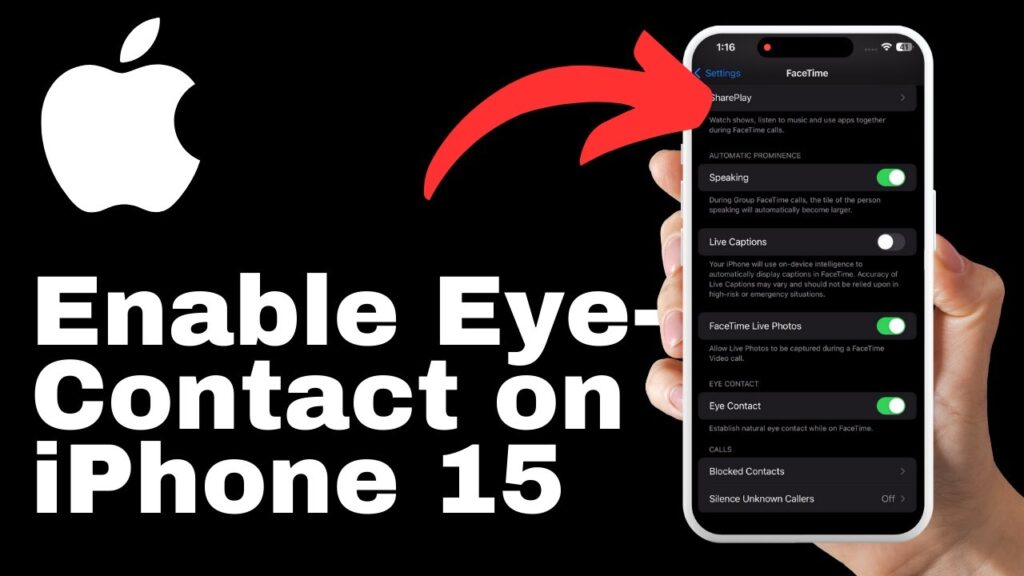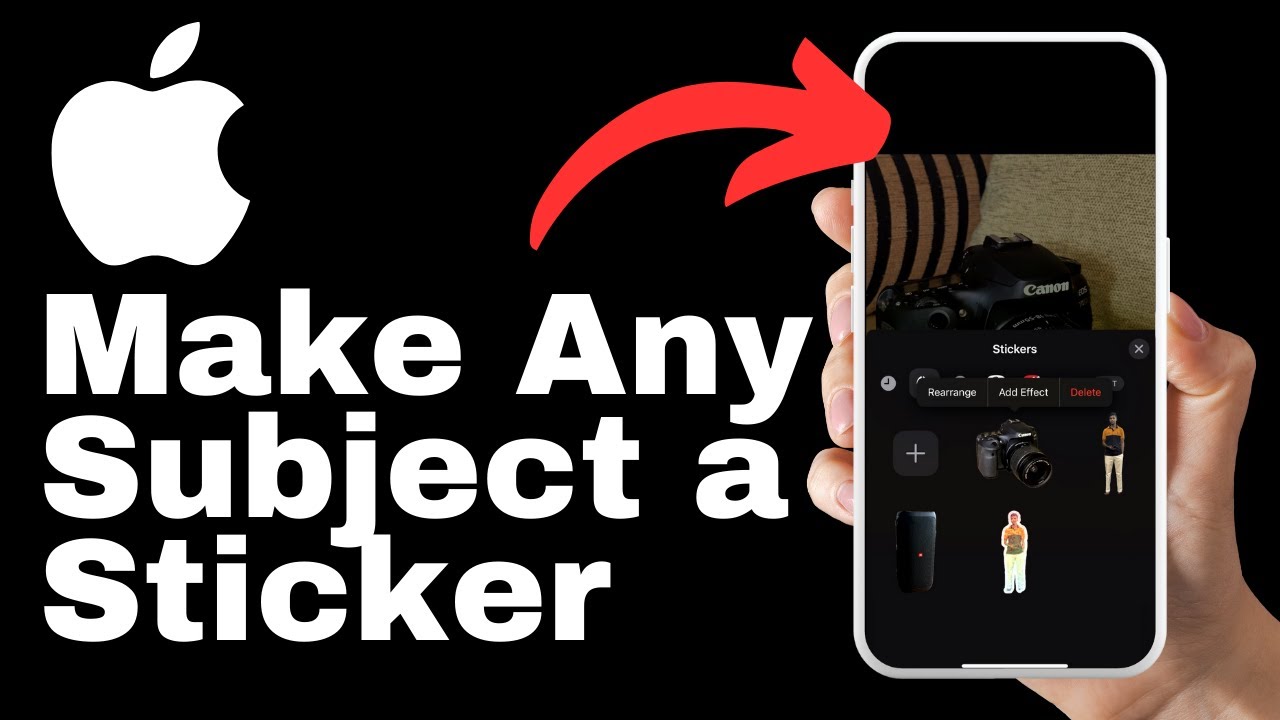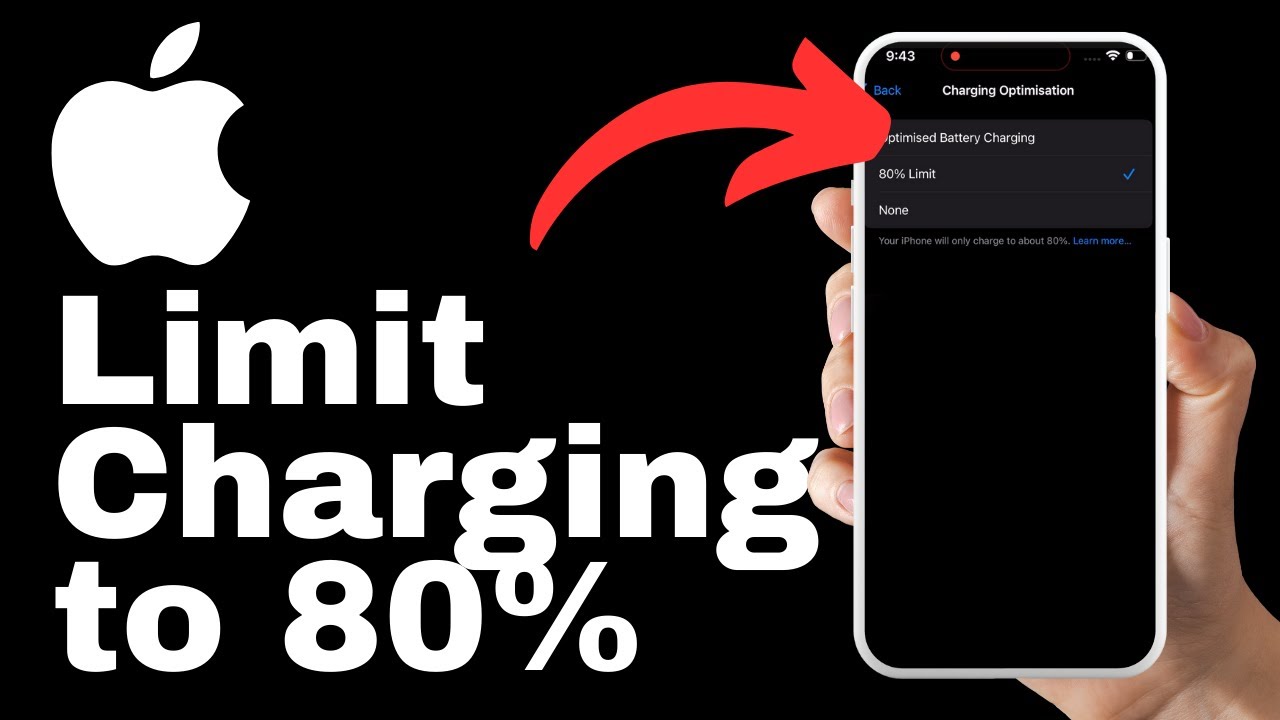Discover how to enable eye-contact on your iPhone 15 and enhance your video calls with a more engaging and personal connection. In this video tutorial by Media Magnet Guide, you will learn how to address the common issue of appearing distracted or disengaged during FaceTime calls by looking at the screen instead of the camera. By utilizing the eye-contact feature, you can create a natural and engaging interaction, making your FaceTime conversations more enjoyable and personal. Whether you are a frequent FaceTime user or simply looking to enhance your video calls, this simple setting adjustment can significantly improve your overall experience.
To access this feature, navigate to the settings on your iPhone by tapping the gear-shaped icon on your home screen. Scroll through the settings menu until you find the FaceTime option and tap on it. Within the FaceTime settings, scroll down until you see the eye-contact option and toggle it on to activate this innovative feature. Once enabled, the eye-contact feature ensures that regardless of where your eyes move on the screen, the other person will perceive you as looking directly at the camera. Like, comment, and subscribe to Media Magnet Guide for more valuable content and tutorials like this. Visit mediamagnet.com for additional resources and tutorials.
Understanding the Eye-Contact Feature
What is the Eye-Contact feature?
The Eye-Contact feature on the iPhone 15 is a unique capability that enhances video calling by addressing the common issue of appearing distracted or disengaged during FaceTime calls. It allows you to create a more natural and engaging interaction by making it appear as if you are looking directly at the camera, regardless of where your eyes move on the screen.
How the Eye-Contact feature enhances video calling
By enabling the Eye-Contact feature, you can significantly improve your overall FaceTime experience. It creates a more personal and enjoyable connection with others, making your conversations feel more authentic and engaging. Instead of looking at the screen, the Eye-Contact feature ensures that the other person perceives you as looking directly at the camera, giving the impression of maintaining eye contact throughout the call.
Common issues addressed by Eye-Contact
The Eye-Contact feature directly addresses the issue of appearing distracted or disengaged during FaceTime calls. When you look at the screen instead of the camera, it can give the impression that you’re not fully present or paying attention. This feature helps overcome this by creating the illusion of eye contact, making your conversations feel more natural and personal.
Pre-tasks for Enabling Eye-Contact
Ensure your iPhone 15 is updated
Before enabling the Eye-Contact feature, it is essential to ensure that your iPhone 15 is updated to the latest software version. Software updates often include bug fixes and performance improvements that can enhance the functionality of the Eye-Contact feature.
Ensure adequate battery level
To enable the Eye-Contact feature, it is crucial to have an adequate battery level on your iPhone 15. Video calling consumes battery power, and having a low battery level may affect the performance of the Eye-Contact feature. It is recommended to charge your device fully or have it connected to a power source before enabling the feature.
Locating iPhone 15 Settings
Finding the Settings app
To locate the Settings app on your iPhone 15, you can look for the gear-shaped icon on your home screen. Tap on the icon to access the Settings menu, where you can customize various features and settings of your device.
Understanding the Settings Menu
The Settings menu on your iPhone 15 serves as the central hub for configuring and customizing various aspects of your device. It allows you to personalize your device settings, manage your accounts, control privacy and security features, and much more. Familiarizing yourself with the Settings menu is essential to navigate and access the Eye-Contact feature.

Navigating the Settings Menu
Finding the FaceTime option
Once you have accessed the Settings menu on your iPhone 15, scroll through the available options until you find the FaceTime option. The FaceTime option controls the settings related to FaceTime calls, including the Eye-Contact feature.
Entering FaceTime Settings
Tap on the FaceTime option to enter the FaceTime settings menu. Here, you will find various settings that allow you to configure different aspects of your FaceTime experience, including the Eye-Contact feature.
Understanding FaceTime Settings
Within the FaceTime settings, you can adjust several options to customize your FaceTime experience. These options include enabling or disabling FaceTime, managing your Apple ID for FaceTime, controlling call forwarding, and configuring the Eye-Contact feature. Understanding the FaceTime settings will help you navigate and configure the Eye-Contact feature effectively.
Enabling the Eye-Contact Feature
Locating the Eye-Contact option
Within the FaceTime settings, scroll down until you spot the Eye-Contact option. This option specifically controls the functionality of the Eye-Contact feature during FaceTime calls.
Toggle on Eye-Contact Feature
To enable the Eye-Contact feature, simply toggle the switch next to the Eye-Contact option to the “on” position. This will activate the innovative feature and allow you to experience the benefits of eye contact during your FaceTime calls.
Ensuring Eye-Contact Feature is Activated
After toggling on the Eye-Contact feature, it is essential to ensure that it is activated and functioning correctly. Test the feature by initiating a FaceTime call and observing whether the other person perceives you as looking directly at the camera. If the Eye-Contact feature is working correctly, you will see a more engaging and personal connection during your video calls.
Using Eye-Contact during a Video Call
Starting a FaceTime call
To use the Eye-Contact feature during a video call, start a FaceTime call as you would normally. Choose a contact from your FaceTime contacts, tap the video call button, and wait for the call to connect. Once the call is established, you can begin using the Eye-Contact feature.
How Eye-Contact affects video call experience
Eye-Contact significantly enhances the video call experience by creating the illusion of eye contact. Instead of looking at the screen, the Eye-Contact feature ensures that your eyes appear to be looking directly at the camera, making the other person feel more engaged and connected to you. This improves the overall quality of the conversation and creates a more personal and enjoyable experience.
Looking natural during a call with Eye-Contact enabled
While using the Eye-Contact feature, it is essential to appear natural during your video calls. Avoid constantly staring at the camera or fixating your gaze in one place. Instead, maintain a relaxed and natural eye movement, ensuring that your gestures and expressions remain authentic. By combining Eye-Contact with other FaceTime features, such as screen sharing or Animoji, you can further enhance the interactive and engaging nature of your calls.
Troubleshooting the Eye-Contact Feature
Common issues with Eye-Contact feature
Although the Eye-Contact feature is designed to enhance your FaceTime experience, there may be certain issues that can arise. Common issues include the feature not activating properly, appearing unnatural or glitchy, or not delivering the expected eye-contact illusion. Addressing these issues can help improve the functionality and effectiveness of the Eye-Contact feature.
Steps to address common issues
If you encounter issues with the Eye-Contact feature, there are several steps you can take to troubleshoot the problem. These include restarting your device, checking for software updates, resetting your FaceTime settings, and ensuring that your camera and hardware are working correctly. Following these steps can help resolve common issues and restore the proper functionality of the Eye-Contact feature.
When to contact Apple Support
If you have tried the troubleshooting steps and are still experiencing issues with the Eye-Contact feature, it may be necessary to contact Apple Support for further assistance. Apple Support can provide specialized guidance and troubleshooting specific to your device and software version, ensuring that the Eye-Contact feature is functioning correctly.
Maximizing the Eye-Contact Feature
Using Eye-Contact feature with other FaceTime features
To maximize the benefits of the Eye-Contact feature, consider combining it with other FaceTime features. For example, you can use screen sharing to enhance collaborative discussions or use Animoji or Memoji to add a touch of fun and creativity to your video calls. By using multiple features together, you can create a more immersive and engaging FaceTime experience.
Effective Eye-Contact during calls
To make the Eye-Contact feature more effective during your calls, it is important to focus on maintaining natural eye contact. Look directly at the camera regularly and avoid getting distracted by other elements on the screen. By consciously engaging with the camera and treating it as if it were the other person’s eyes, you can create a stronger sense of connection and engagement during your FaceTime calls.
Turning Off the Eye-Contact Feature
Finding the Eye-Contact feature within Settings
If you decide to turn off the Eye-Contact feature, you can easily locate it within the FaceTime settings on your iPhone 15. Access the Settings app, navigate to the FaceTime settings, and scroll down until you find the Eye-Contact option.
Toggle off the Eye-Contact Feature
To disable the Eye-Contact feature, simply toggle the switch next to the Eye-Contact option to the “off” position. This will deactivate the feature and return your FaceTime calls to their default mode.
Verifying Eye-Contact feature is disabled
After turning off the Eye-Contact feature, it is recommended to verify that it has been disabled successfully. Initiate a FaceTime call and observe whether your eyes continue to appear to be looking directly at the camera. If they do not, the Eye-Contact feature has been successfully turned off.
Conclusion
Enabling the Eye-Contact feature on your iPhone 15 can significantly enhance your FaceTime experience by creating a more engaging and personal connection with others. By following the steps outlined in this guide and combining the Eye-Contact feature with other FaceTime capabilities, you can maximize the benefits and enjoy more immersive video calls. We encourage you to try out the Eye-Contact feature for yourself, and we welcome your feedback and personal experiences with utilizing this innovative feature on the iPhone 15.

























